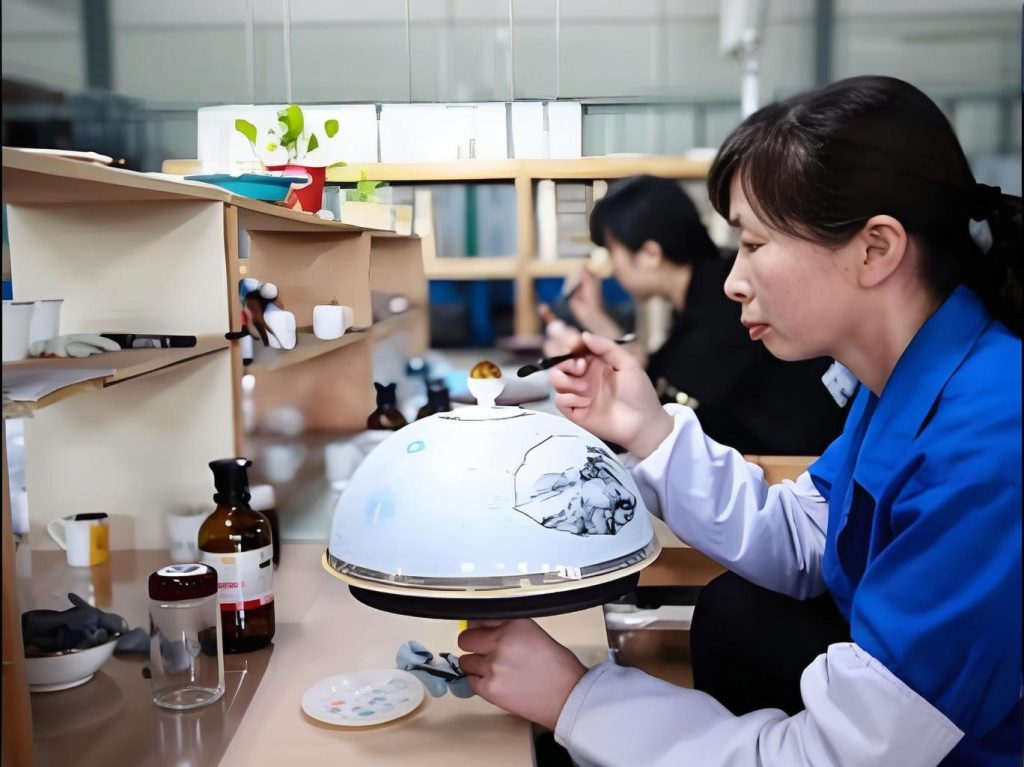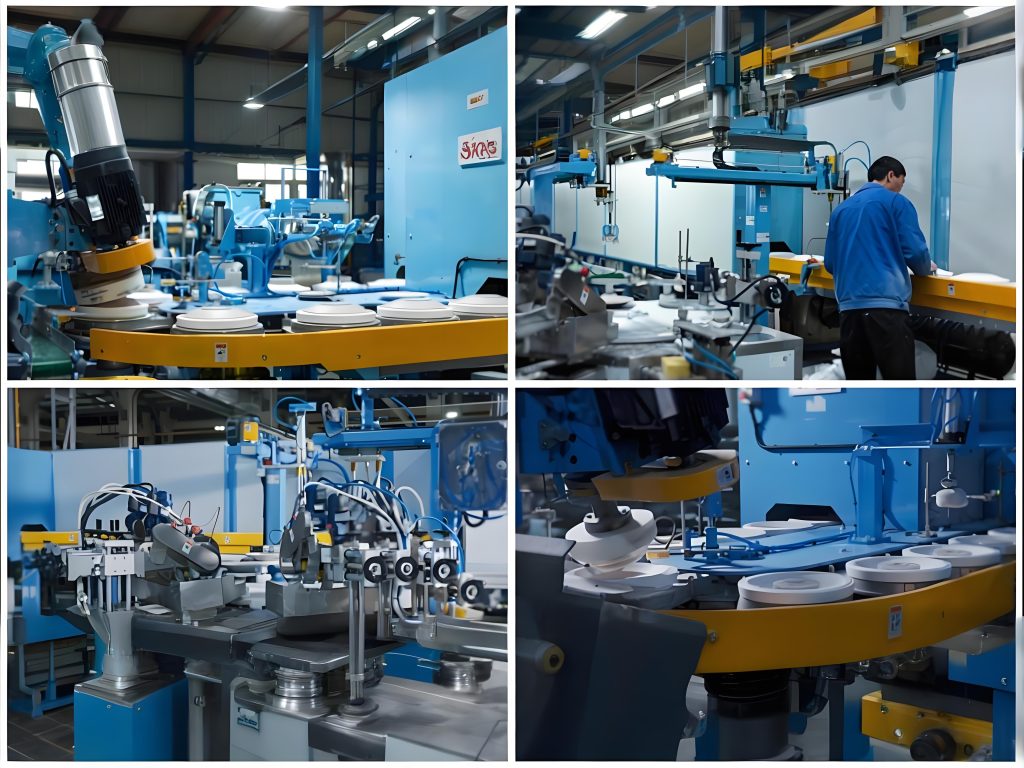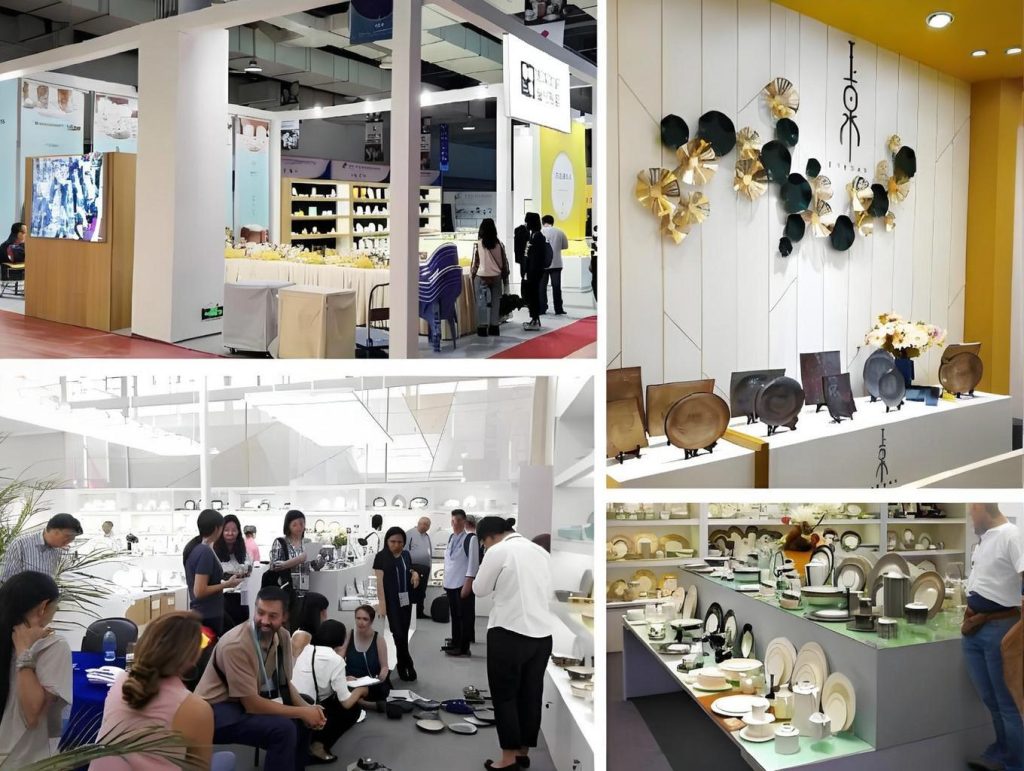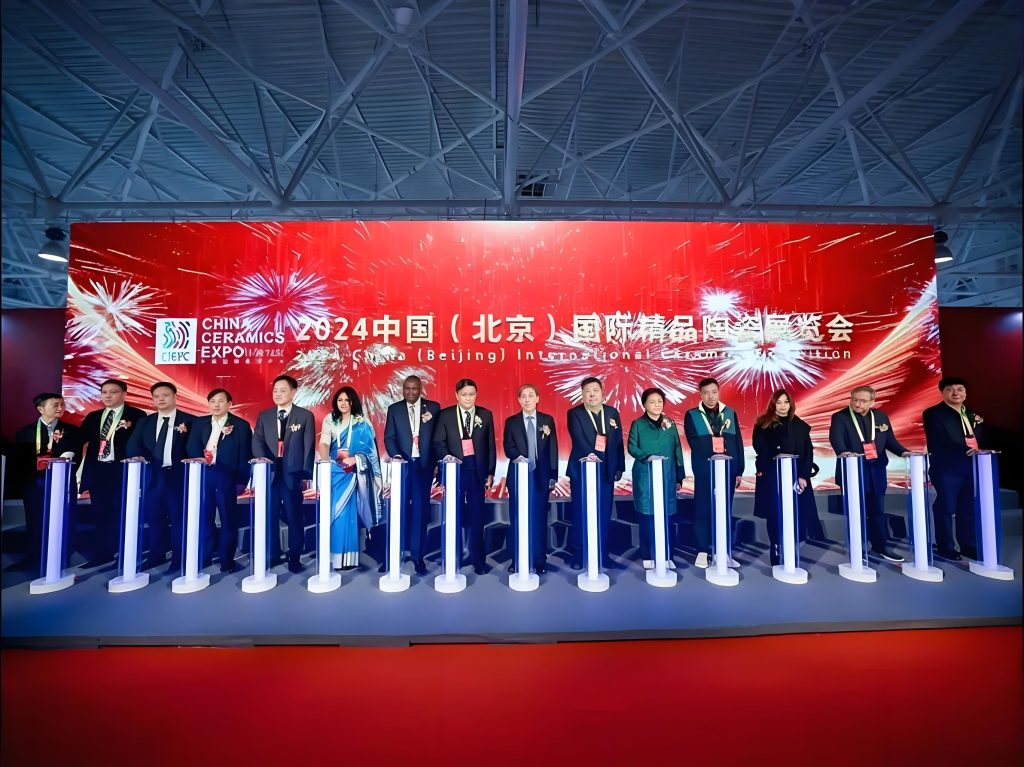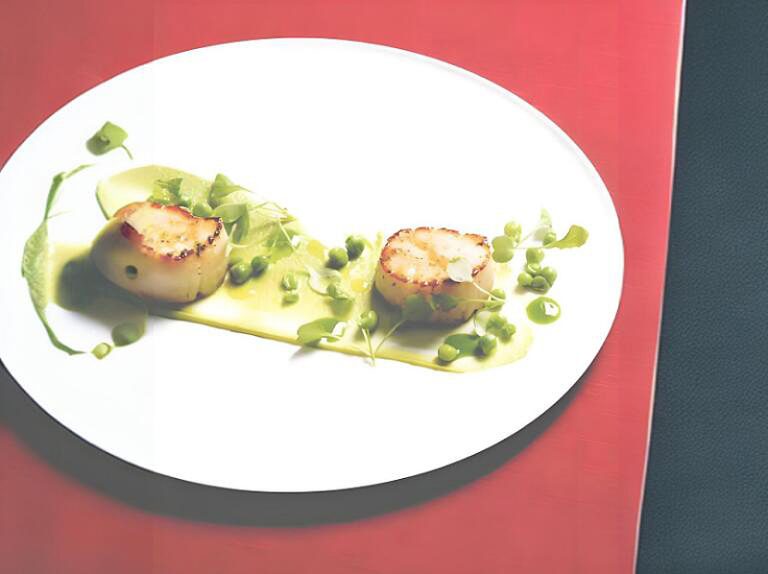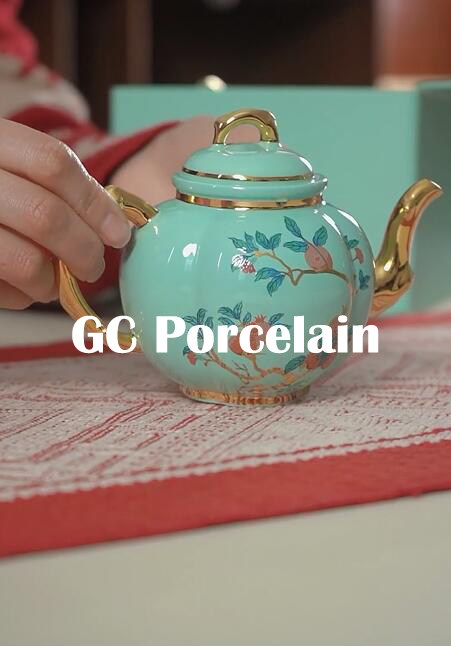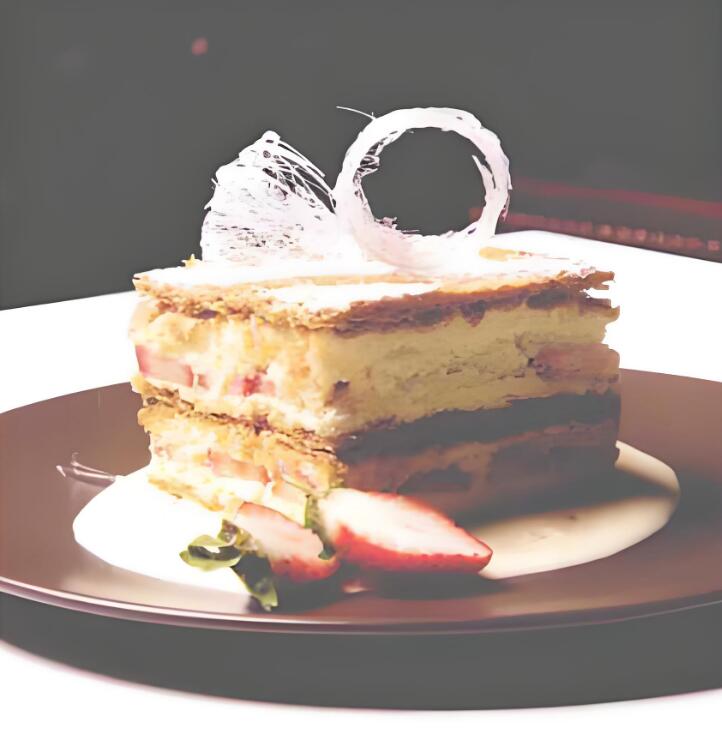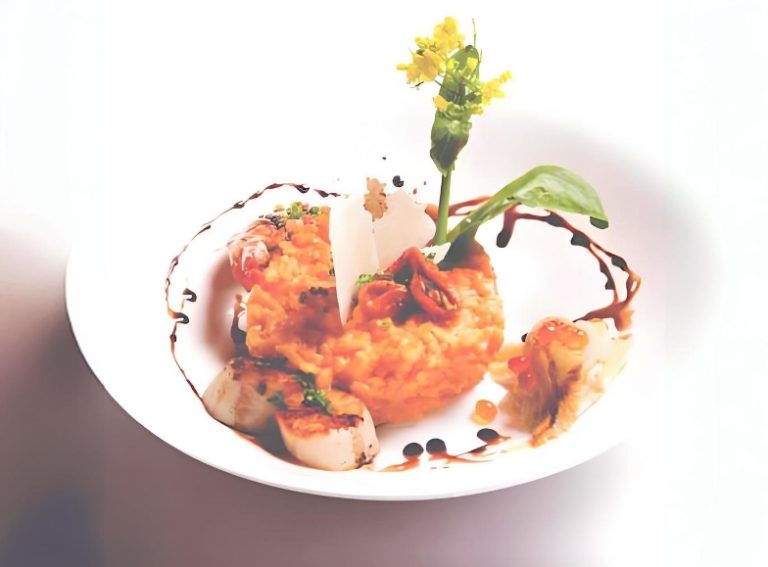When Plates Tell Stories: The Secret World of Themed Restaurant Ceramics
Opening: A Fight About “Plates”
I saw an interesting argument online the other day. A ceramist who makes tableware for Michelin-starred restaurants shared his work. It was a set of plates that looked like lotus leaves floating on water. The comment section exploded. Someone questioned: “Is this even a plate? Shouldn’t plates be concave?”
This made me think deeper. When tableware isn’t just tableware anymore, when it carries stories and expresses emotions, can we still define it traditionally?
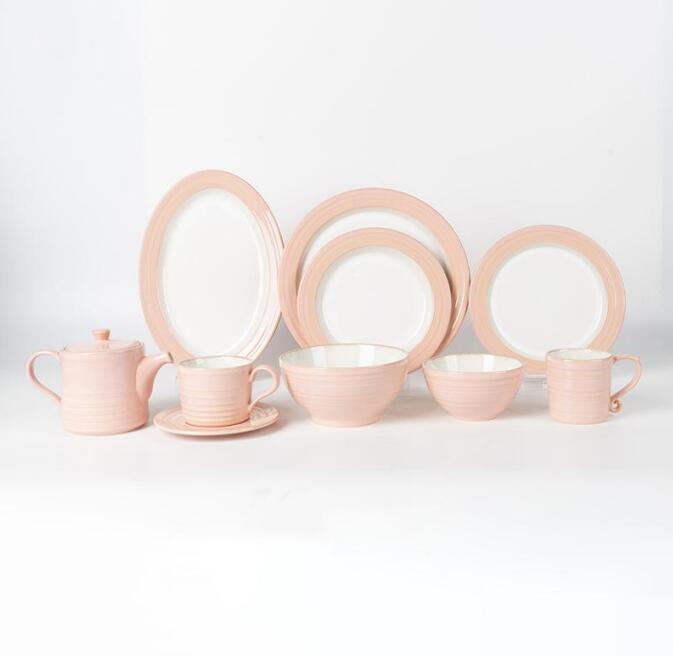
Real Voices: Restaurant Ceramic Discussions in Communities
Professional Views on Quora
In Quora discussions, one restaurant owner said bluntly: “It’s like comparing Ferrari to Toyota. My restaurant uses real silverware. Some pieces have 18k gold decoration. The tableware is genuine bone china.”
But here’s the interesting part. Another user shared a terrible experience. They celebrated their engagement at a Michelin restaurant. All night, servers kept interrupting: “How do you like this dish? This is special cooking!” He complained that the restaurant only wanted constant praise for the food and chef’s talent.
This reveals a question. When tableware design becomes too “artistic,” does it steal the show?
Reddit Pottery Circle Reality
On Reddit’s pottery board, a ceramist wanting to make restaurant tableware asked practical questions. “How do I find clients? What are typical orders like? How should I price?”
The most valuable answer came from real experience:
“I just walked into coffee shops with a set of plates and business cards. I let owners try them for free. This works 100%, though my sample is only 3 shops. But it’s enough to keep me busy.”
Another ceramist shared: “I’m making plates for a restaurant’s private dinners. They ordered 12 sets. I’ll actually make 20 and pick the best ones. The rest are kept as replacements. Make sure your work is thick enough. It needs to survive brutal commercial dishwasher cycles.”
But there was opposition too: “Most handmade ceramics won’t last a week in busy kitchens.” Immediately someone countered: “Two restaurants I worked at only used local ceramists’ work. Very durable. They handled commercial dishwashers fine. The key is glaze selection.”
WeWantPlates Community Complaints
On WeWantPlates, a community dedicated to complaining about “weird tableware,” I saw a photo. A Spanish restaurant served food in ceramic containers shaped like bloody hands. The comments went wild. But someone said calmly: “At least it’s ceramic. I thought it might be cheap plastic or unsafe plaster.”
This detail is interesting. Even the pickiest users consider ceramic material the baseline standard.
From Complaints to Understanding: The Know-How Behind Ceramic Tableware
Why Do Restaurants Customize Ceramics?
Through these discussions, I found reasons restaurants choose custom ceramic tableware are more complex than imagined:
Brand Recognition: An interior designer revealed that for high-end clients, “tableware is usually a collaboration between chef, graphic designer, and us. Sometimes they use standard supplier main plates. But they customize ceramics for chargers, coffee and tea sets, and dessert plates.”
Emotional Narrative: The ceramist who made lotus leaf plates explained the commissioning chef had a difficult past. “Only in recent years did he achieve success. Lotus flowers grow from mud. They bloom on water. His pastry chef makes chocolate flowers. They’re placed on the plate’s smooth section.”
Practical Considerations: An experienced ceramist reminded: “Make for smaller local restaurants. Sell at wholesale prices, usually 40-60% of retail. Sounds cheap, but it’s worth it. People ask: ‘Where did you get these plates?’ They’ll see your stamp. It’s great natural marketing.”
The Changing Role of Tableware Manufacturers
Professional tableware manufacturers today aren’t just “manufacturers.” They’re more like “story creators.” They need to understand restaurant brand positioning, chef cooking philosophy, even diner psychological expectations.
Traditional mass production is being challenged by small-batch, highly customized models. One ceramist revealed he completes 3-4 custom tableware sets monthly. Each set needs 2-3 months to finish. This “slow craftsmanship” pace contrasts sharply with the fast-food era.
Thinking Behind the Controversy
Functionality vs Artistry
Back to that initial “what is a plate” debate. Critics said flat-bottomed “plates” aren’t practical. Food would slide off. Supporters argued it’s designed for specific dishes. Not for cafeterias.
I find this debate itself interesting. In an efficiency-focused business environment, why do restaurants still risk “impractical” tableware?
The answer might be: experience economy.
When food isn’t just about filling stomachs, when it’s sensory experience, social media content, even status symbol, tableware’s role exceeds basic function. Those seemingly “impractical” designs might create irreplicable dining experiences.
Balancing Cost and Value
There’s an interesting case on Reddit. A restaurant uses fragile special wine glasses. They replace several sets monthly. But the owner insists it’s worth it. Guests photograph and post on social media. Free publicity exceeds replacement costs.
This made me think. The standard for measuring tableware value is changing. It’s no longer just “how long it lasts.” It’s “how much conversation it creates.”
Future Dining Tables
From these discussions, I see several trends in restaurant ceramics:
Local Collaboration: More restaurants choose local ceramists. Not just for uniqueness. It’s an extension of “local sourcing” philosophy.
Story-Driven Design: Good restaurant ceramics aren’t just containers anymore. They’re story carriers. Every shape, texture, and color has meaning.
Sustainability Considerations: Handmade ceramic durability and repairability become advantages. Environmental awareness keeps growing.
Technology and Tradition Fusion: One ceramist mentioned using 3D ceramic printing for baskets. Each basket comes with fine brushes. Technology pushes traditional craft boundaries.

Conclusion: Holding More Than Food
That “what is a plate” debate made me realize something. We’re at an interesting historical point. Tradition collides with innovation. Practicality debates aesthetics. Mass production coexists with handmade customization.
Maybe the real question isn’t “is this a plate?” It’s “are we ready for tableware to carry more meaning?”
When a lotus-leaf ceramic plate carries a chef’s life story from hardship to success. When bloody hand-shaped tableware challenges our definition of “beauty.” When every meal might become a small art exhibition…
Perhaps this is the real charm of themed restaurant ceramics. They remind us: even the most ordinary meals can be an experience, a story, a conversation.
If you have any questions or need to custom dinnerware service, please contact our Email:info@gcporcelain.com for the most thoughtful support!

